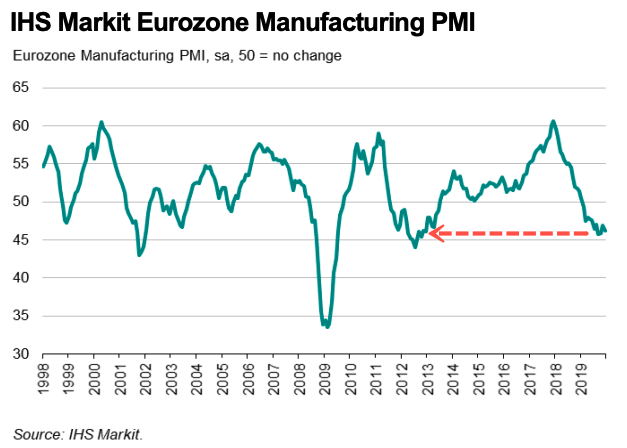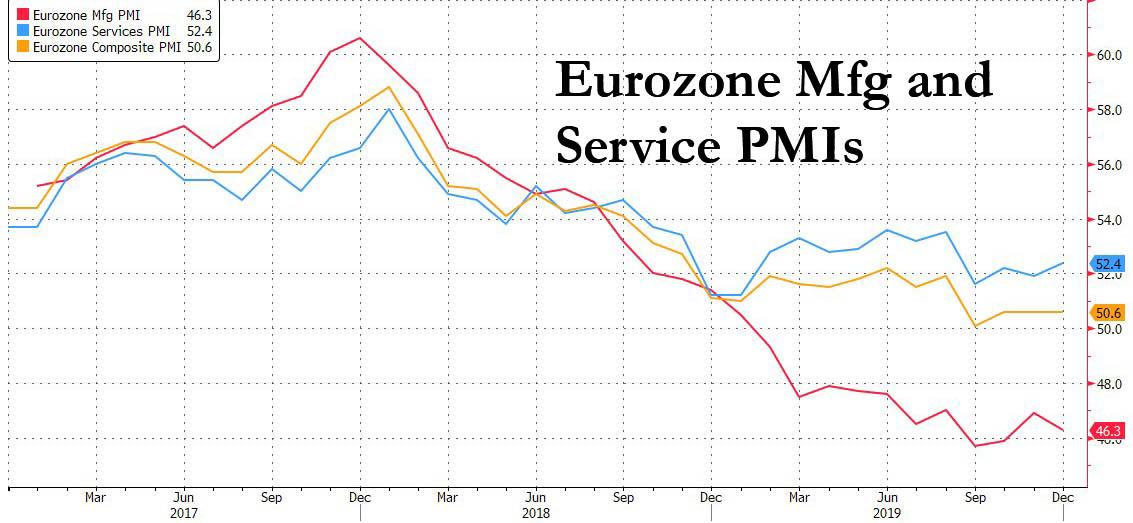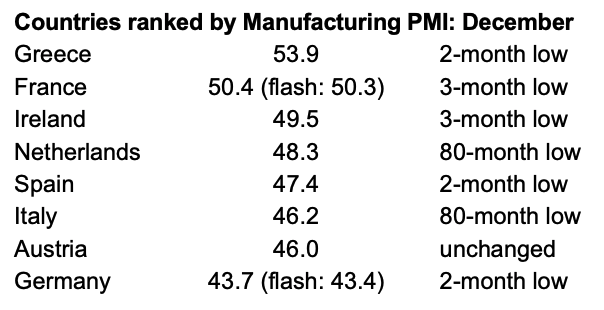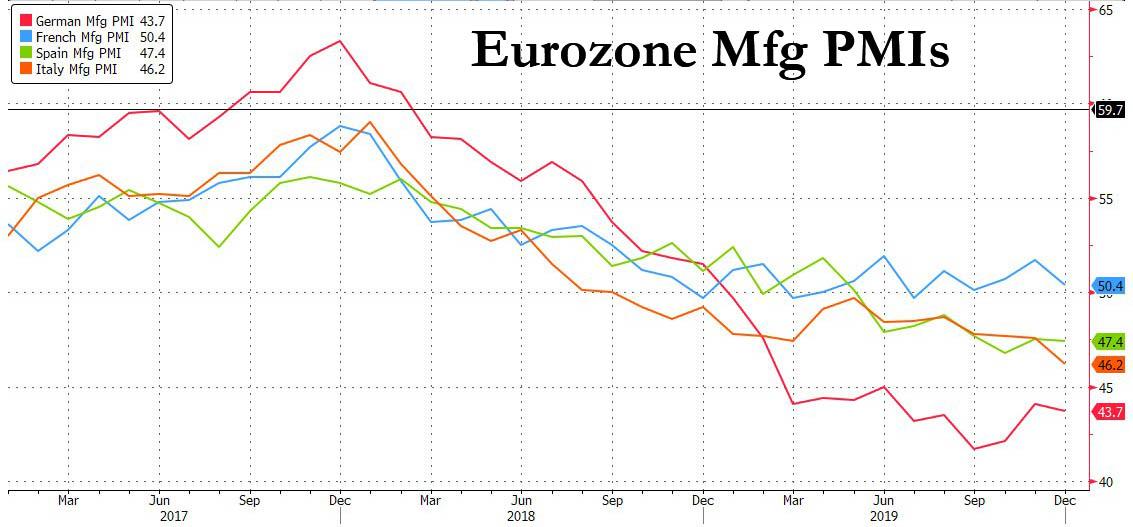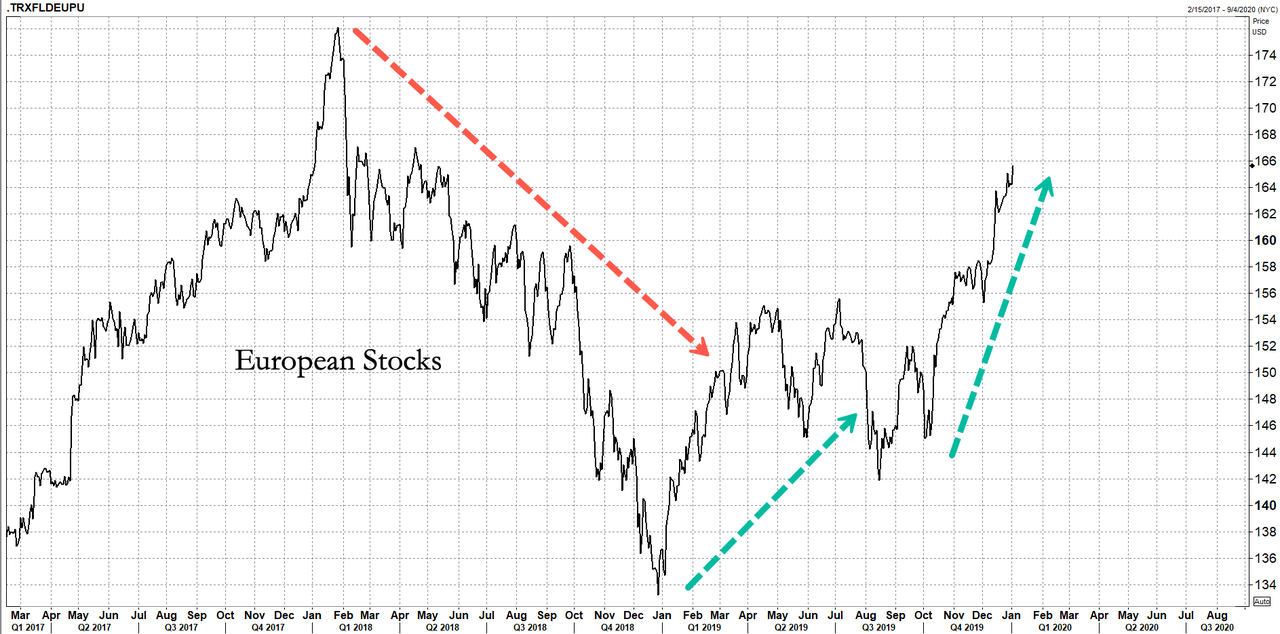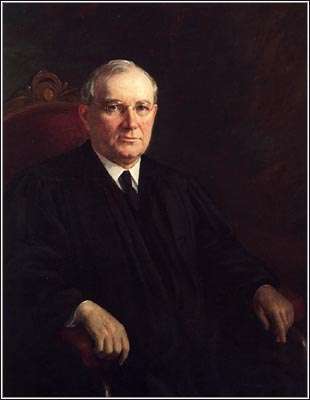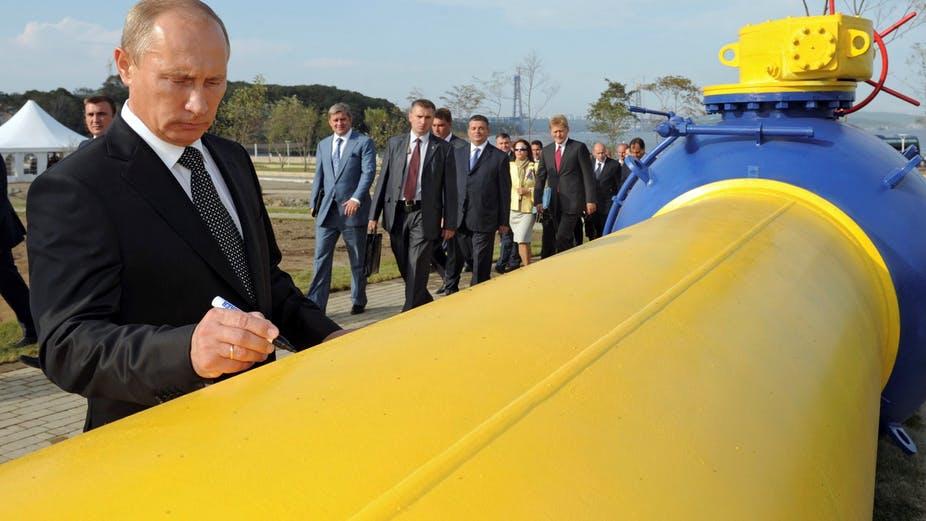From Monday’s Washington Court of Appeals opinion in State v. Dawley:
RCW 9A.76.180(1) provides, “A person is guilty of intimidating a public servant if, by the use of a threat, he or she attempts to influence a public servant’s vote, opinion, decision, or other official action as a public servant.” … RCW 9A.04.110(28) provides several alternative definitions of “threat[,]” [including, in section (j),] “a direct or indirect communication with the intent … [t]o do any other act which is intended to harm substantially the person threatened or another with respect to his or her health, safety, business, financial condition, or personal relationships.”
Although RCW 9A.04.110(28)(j) prohibits true threats because it includes threats to substantially harm a person’s health or safety, the statute also implicates protected speech because it includes threats to a person’s business, financial condition, or personal relationships…. [This] sweeps up a substantial amount of protected speech, including criticism, commentary, and even political hyperbole towards and about public servants … {[including] “an attorney who threatens to run for office against a mayor if she persists with homeless encampment sweeps …. [o]r, a bar investigator who threatens to bring a disciplinary action against an attorney general if she does not cease revealing privileged client communications[]”) … and [“threatening to sue or bring charges against an officer if they do not cease an arrest where the arrestee believes the officer is violating their civil rights[]”)}. Such political speech is at the core of First Amendment protection “no matter how vehement, caustic and sometimes unpleasantly sharp.”
In State v. Stephenson (Wash. App. 1998), the court determined, “The public’s interest in open and fair government decision making provides a … compelling justification for an incidental limitation of protected speech” [and is therefore not unconstitutionally overbroad].
We disagree with the Stephenson court’s conclusions that the intimidating a public servant statute involves only incidental restrictions and that the statute is narrowly tailored. As discussed above, the statutory definition of “threat” in section RCW 9A.04.110(28)(j) goes beyond true threats and sweeps up a substantial amount of protected speech, including political speech at the core of First Amendment protection. The statute impacts a substantial amount of protected speech and is not narrowly tailored. Thus, the intimidating a public servant statute, when based on RCW 9A.04.110(28)(j), is unconstitutionally overbroad….
The court held that, to save what can be saved in the statute, it needed to be limited to true threats of criminal conduct (such as threats to health or safety). I think this analysis is generally right, but because this case disagrees with the Stephenson case from a different division of the Washington Court of Appeals, I expect it’s likely that the Washington Supreme Court will take it up, if the state asks it to.
The Dawley court also rightly criticized, I think, part of the Stephenson court’s underlying reasoning:
{In considering whether the prohibition was constitutionally permissible, the Stephenson court incorrectly engaged in forum analysis, utilizing the nonpublic government forum level of scrutiny rather than the heightened level of scrutiny applicable to private communications not occurring on any form of government property. “Generally, when a free speech challenge arises in regard to activity on property owned and controlled bv the government, a court will engage in a ‘forum analysis’ to determine the level of judicial scrutiny that applies.” Forum analysis looks at whether the speech occurs in a government-owned public forum, limited-public forum, or a nonpublic forum. “The governmental regulation of speech in a nonpublic forum does not violate the First Amendment if ‘the distinctions drawn are reasonable in light of the purpose served by the forum and are viewpoint-neutral.'” On the other hand, the appropriate level of scrutiny for speech on private property is whether the regulation was narrowly tailored to serve a compelling government interest.
In State v. Huff (Wash. 2016), our Supreme Court applied forum analysis to an overbreadth challenge to a Seattle telephone harassment ordinance. The court ultimately applied the nonpublic forum standard of scrutiny to telephone communication. A law restricting communication in a nonpublic forum is subject to the lowest level of scrutiny, whereas a law restricting communication in a public forum is subject to heightened scrutiny because the “principal purpose of traditional public forum is the free exchange of ideas.” Huff has been criticized for “applying the nonpublic forum doctrine to devalue speech occurring on private property.” Aaron H. Caplan, Stretching the Equal Access Beyond Equal Access, 27 Seattle U.L. Rev. 273, 362 (2003); see also Aaron H. Caplan, Invasion of the Public Forum Doctrine, 46 Willamette L. Rev. 647, 658 (2010). We conclude forum analysis is not applicable to this case. Despite any confusion in Huff and Stephenson, it is clear that forum analysis applies only to speech occurring on government property.}
from Latest – Reason.com https://ift.tt/36j5Mns
via IFTTT
